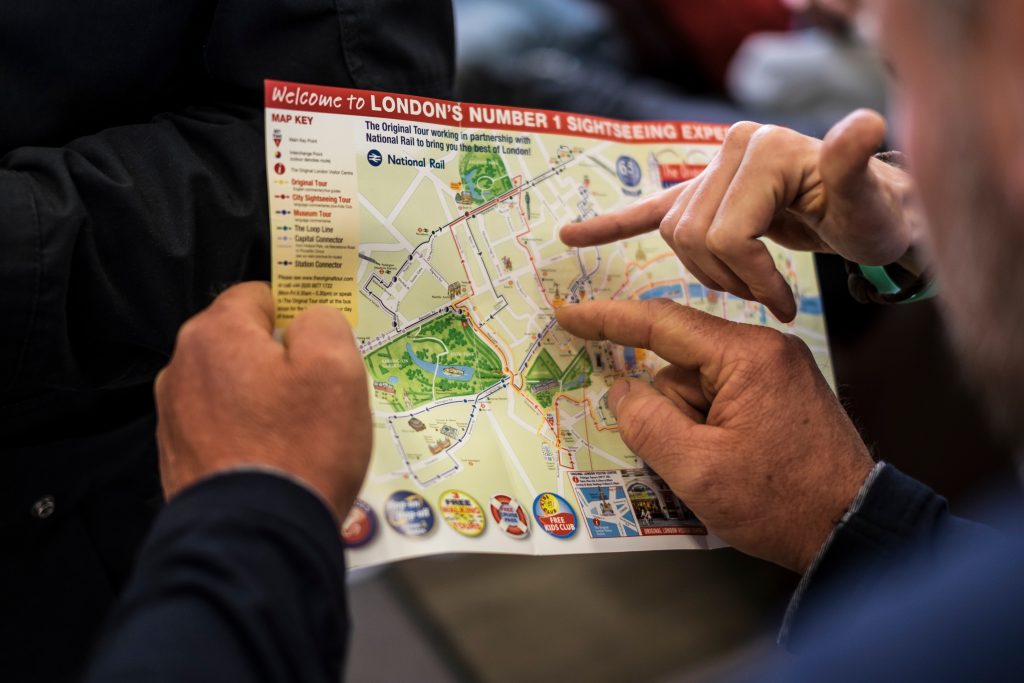This Week’s Webinar: Tour the Travel Magazine Database Live

When I first started travel writing full-time, I spent a couple years doing the usual things:
- writing tons of travel articles for $20 a pop for large websites
(please don’t do that! here’s why) - pouring my heart into pitching epic travel stories to websites like GONOMAD (check out these much better sites to substitute for five major low-paying markets like these)
- writing “full-time” for a site that had me doing tons of articles a week in an area I was really interested in (Italy), but didn’t pay enough to live in a first-world country
At some point, I said enough, and threw myself into pitching print magazines. It wasn’t hard at all to get assignments (which is why I counsel you all to pitch first and skip the low-paid writing part!), but I still remember very distinctly when I got my first $2,000 assignment. A dollar a word for the text and $1,000 for the photos.
The Three-Step Process to Getting an Assignment You Can Do in One Step
I had just returned from my first press trip and had an amazing opportunity to visit tea plantations and drying and processing centers in Turkey. I had great photos and video. I just knew I had to place it somewhere.
So I made the first mistake a lot of us do, which is thinking too small. I looked up every tea magazine in existence and send them all a similar pitch completely focused on how wonderful my experience was . . . and not how it would fit in the editors’ magazines.
I did do some due diligence and I had verified that one particular tea magazine did take travel content and had covered tea plantations in India and China before. But the editor got back to me and told me that the article was a little too out there for here readers. (Another thing many editors think when you pitch them but often don’t bother to write back and tell you.)
So I dug in deeper to her magazine’s content and promptly pitched her an article on high teas in Boston to tie into the upcoming anniversary of the Boston Tea Party. I was pitching this in late November and the anniversary was the next year. So, unsurprisingly, she had already assigned that article to someone else.
Finally, on the third try, I managed to give her an idea that fit her readers and the magazine’s section, and wasn’t already assigned. Teas in California wine country, with a high-end, wine-oriented take on the typical high tea.
If I hadn’t pitched something sort of similar to something that she had run before, I’m not sure if that editor would have gotten back to me in the first place.
And if I hadn’t pitched her something that was so spot on that she’d already assigned it, I’m not sure she would have gotten back to me the second time.
But I closely studied her magazine and made sure that each pitch was my best wager for what I believed would appear in her magazine. And it was only when I stopped relying on my preconceived ideas of what I thought would fit, and stuck more closely to what she was consistently publishing that we got on the same page.
Pitching Magazine First Changes the Way You Travel
That first glossy, newsstand magazine article I placed at $1 a word was incredibly specific. It focused on five or more tea establishments in a given city or area. If I didn’t look out for that concentration of that specific type of place before my trip, I would never have been able to write it up after.
I love pitching magazine-then-idea rather than idea-then-magazine, because it also makes it much easier to sell stories before your trip , which is actually what I ended up doing with the story I mentioned above. (I sold it from the flight to the destination actually!)
Here are three magazine sections I highlighted in our webinar on how to match your article ideas directly to magazine sections last week that are perfect for pitching before your trip to make sure you have some assignments locked down:
- Travel + Leisure has a short (but they pay $1+ per word, so short is not bad) section that you can pitch for nearly any destination you’re going to: ““Worth Flying For” is a 200-word, second-person article about a must-try dish worth traveling for. A recent article details the Gâteau de Foie Blond at Le Suprême in Lyon, France.”
- Delta’s Sky in-flight magazine likewise has something that you can pitch for practically any city destinaton they fly to as long as you do your research and identify a cool opportunity to get out of the city: ““Break Away” is the final subsection written by a contributor, which is a 500-word first person article about getting out of the city into nature and focuses on moderate outdoor activities like biking, walking, or hiking. “
- United Airlines’ first-class magazine Rhapsody likewise has a section on top restaurants that you could easily ferret out a good restaurant to highlight in any city the airline flies to: ““Fine Dining” is a 300-to-500-word section that gives the reader an insight into a restaurant, such as Noma in Copenhagen or Parador La Huella in Miami. It is written in the third person and takes the form of a review or commentary on the dining scene in the city. The cities are places that United Airlines fly to and are not limited to a specific region or country. “
Having five, ten, or twenty of these in your pocket (as in, on your phone for easy reference when you travel) helps you to spot the types of stories editors will buy when you’re on the road, and, in the best cases, land articles in advance that you can organize your trips around.
What We’ll Do Tomorrow
Join us to see How to Generate Sure-Fire Saleable Article Ideas tomorrow, Thursday, December 29 at 3:30pm EST / 12:30pm PST. The replay is available to registrants for one week, at which point it becomes available to members of our coaching programs or for purchase on demand in our webinar library!
Due to a request from frequent webinar attendees, we’re going to explore this idea of generating article ideas magazine first by popping live through the Travel Magazine Database.
If you have a database subscription already or are thinking about getting one, this is a great opportunity to see how to use the site to its fullest.
And if you don’t have a database subscription yet, but are thinking about locking in the $10/month rate for life before we increase to $20/month in January, this is a prime chance to get in there live and have a look around. Register here.
